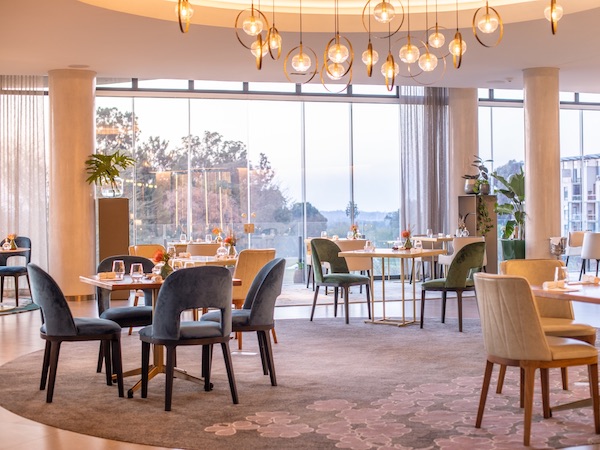News
The COVID-19 recovery bill: Picking up the financial pieces after lockdown
Tuesday, September 1st, 2020With the ban on serving alcohol finally over, trading at restaurants has begun to shift towards something resembling ‘normal’. More customers have returned and many restaurants that could not trade under stricter levels of lockdown have reopened.

From the outside trade seems normal, but some restaurateurs say the reality is that it’s “tighter now than ever”. Nic Haarhof, founder of El Burro in Cape Town, points out that the invaluable support from the UIF’s TERS benefit is now over, plus any rental relief is also a thing of the past, with many landlords now billing 100% of rent. This, he says, is despite restaurants only doing 50% to 70% of turnover.

Photo by Jan Ras.
It’s not a simple equation. El Burro is only trading dinner at its Green Point store, meaning turnover is “compressed” into a three-hour service between 6pm and 9pm. Haarhof says this service is intense and still requires a full team of staff, despite a cap on the number of patrons. Grace Harding from the Restaurant Collective says high-end restaurants are operating completely differently, with no-walk-in customers being taken and the enforcement of special curfew-abiding trading hours. “This means they can basically ‘schedule’ their expenses and more tightly manage yields,” she says.
Chad Tessendorf, Head of Sales at Retail Capital, says a big challenge restaurants face is the historical debt they’ve built up. “With many, this started as far back as January or February, as they weren’t having a great season.” This meant they possibly had supplier arrears and rental arrears going into lockdown, explains Tessendorf. He adds that while suppliers have been helpful, they also have businesses to run and risks to manage. Many have gone back to cash on delivery.
 Retail Capital has clients across a number of sectors and Tessendorf says that sit-down restaurants are trading at about 40-60% of pre-COVID levels. “Some have traded satisfactorily in recent months,” he says, “particularly smaller restaurants who have been a lot more nimble, able to adjust and focus on takeaways, deliveries and meal kits. Unfortunately, not only are larger operations nowhere near as nimble, but they are also not going to cover overheads from doing takeaways.”
Retail Capital has clients across a number of sectors and Tessendorf says that sit-down restaurants are trading at about 40-60% of pre-COVID levels. “Some have traded satisfactorily in recent months,” he says, “particularly smaller restaurants who have been a lot more nimble, able to adjust and focus on takeaways, deliveries and meal kits. Unfortunately, not only are larger operations nowhere near as nimble, but they are also not going to cover overheads from doing takeaways.”
But then there are those who have been “proactive and aggressive in how they manage their expenses,” says Tessendorf. “Everything they could cut, they did.” He points to something as simple as the number of rented card machines making a difference. “Different areas and markets are facing different challenges,” he says. “Bigger restaurants [200-plus seaters] as well as those in malls are really struggling.” He goes on to say that those aimed at middle-income diners have probably been hit the hardest considering the pandemic’s impact on this bracket’s disposable income. “The higher income segment is more resilient,” he notes.
But it’s not all bad news. Harding points out that a number of new restaurants are opening. Others are looking to sell, and these are “good businesses,” she says. “Business that were stable before are ok.” COVID-19 has seemed to hasten the collapse of restaurants that were marginal or struggling prior to lockdown.
El Burro’s Haarhof says the difficulty in reading a future recovery is that there are so many variables, including whether we will see another spike in COVID-19 numbers, whether or not we go back into hard lockdown, and whether alcohol sales are restricted again. Another factor, which will impact many in the sector, is when international travel will reopen. “How long will recovery take? Looking at the trajectory over the last three weeks, maybe a year? Maybe two years?”

It’s one thing everyone can agree on – the shape of the recovery remains a big unknown at this point. Beyond obvious challenges such as consumers simply being afraid to eat out, Harding says so much is dependent on the broader economic recovery. “A lot of our customers have lost their jobs, lost their businesses,” she says. But she remains hopeful: “People are just focused on getting their businesses back on track,” she says. “We are definitely in ashes, but ashes bring opportunity.”












